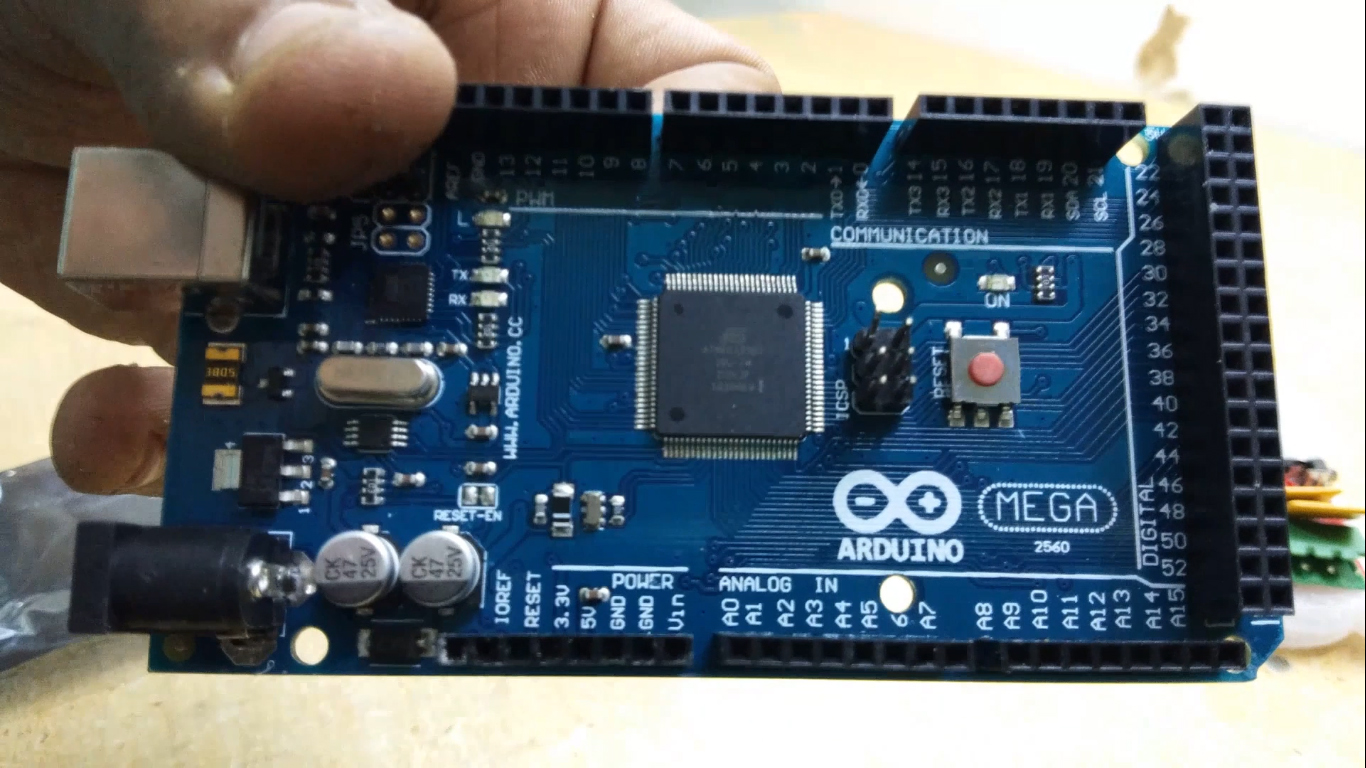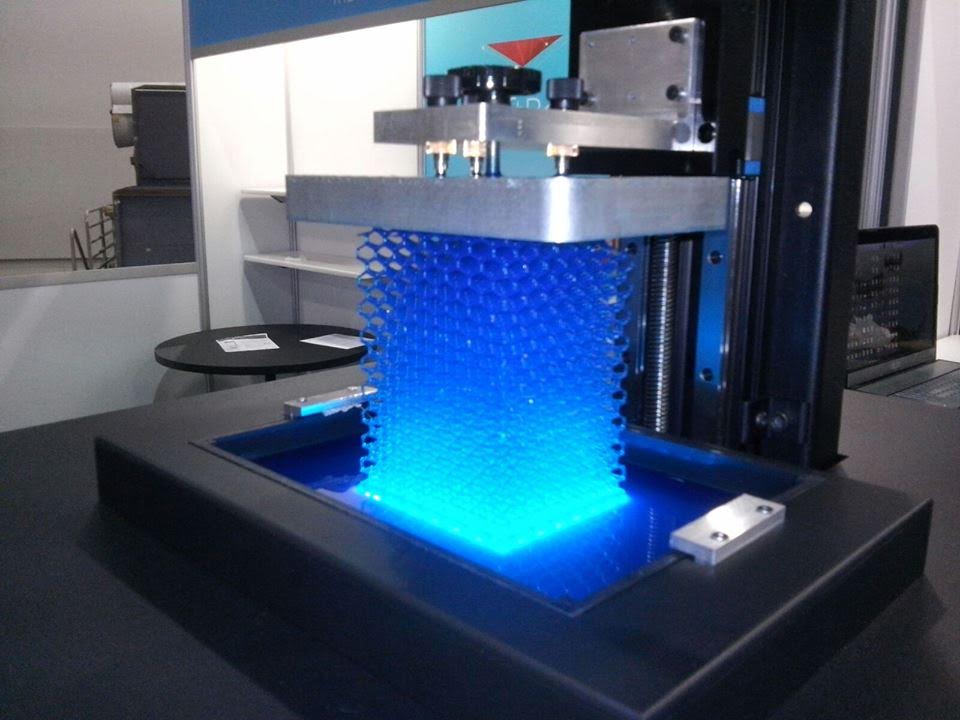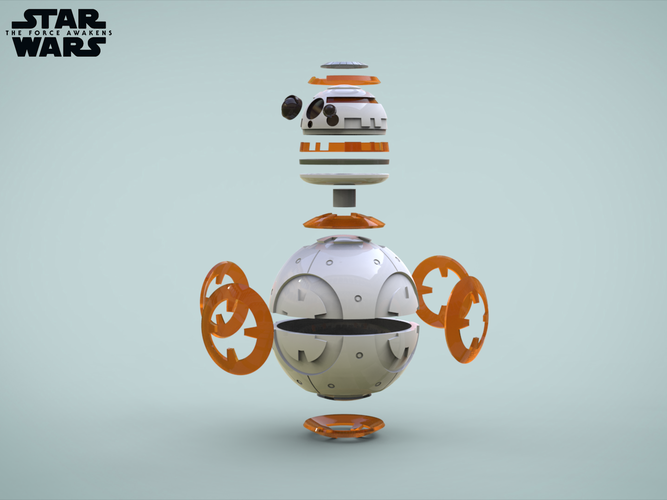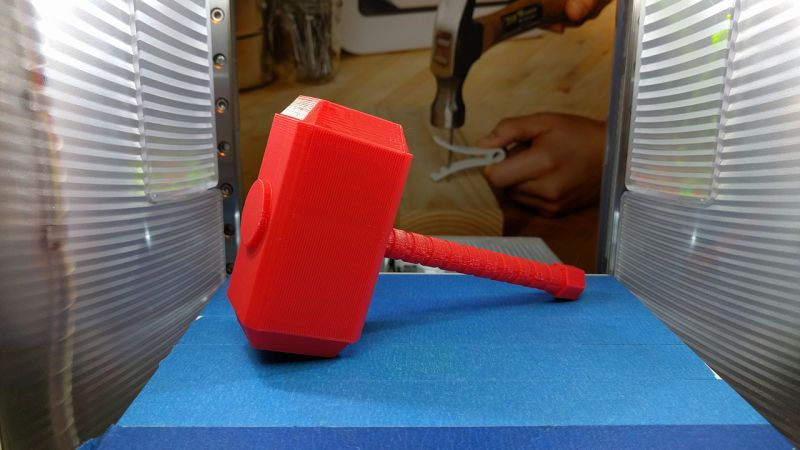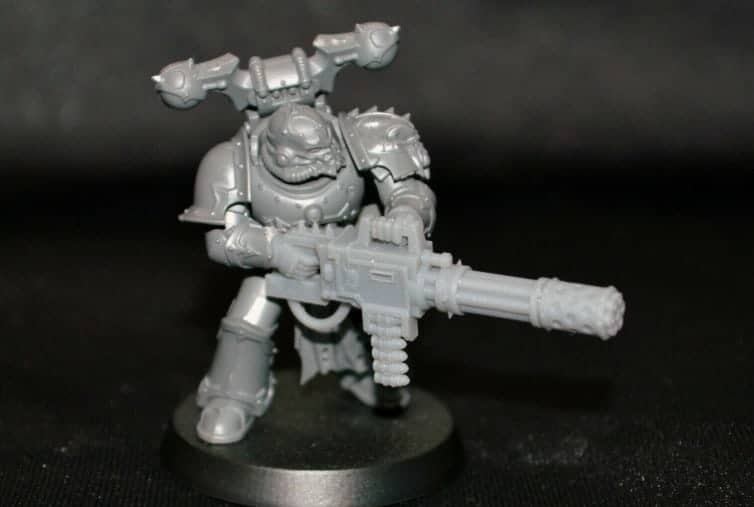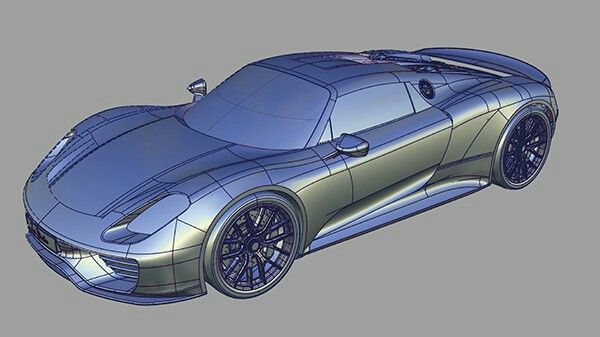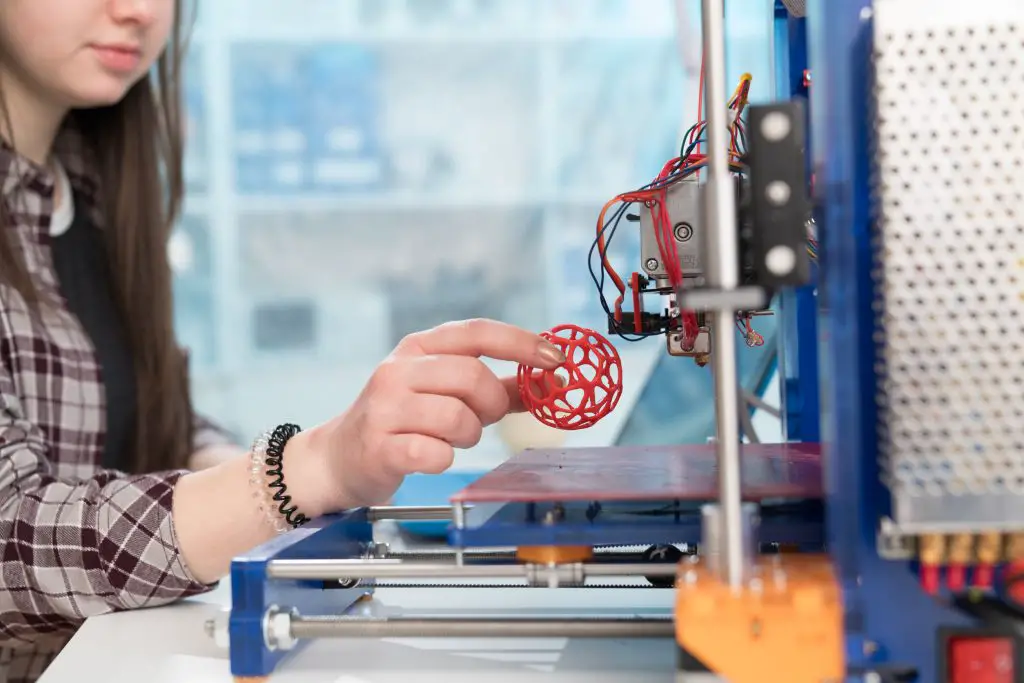Benefits of 3d printed prosthetics
3D Printed Prosthetic Limbs allow Patients to regain their Mobility Faster
Spread the love
3D printing technology can streamline the process of fabricating a prosthetic limb, speeding up the time the prosthesis gets to a patient. As a result, patients dealing with limb loss can more quickly regain their mobility, and ultimately reach a higher quality of life.
Here, we explore the different phases of prosthetic care, the role 3D printing plays in the design of the prosthesis, and the advantages of 3D printing over traditional prosthesis design and fabrication.
Phases of Prosthetic Care after Amputation
After limb loss, patients will go through a number of phases before they can get a prosthetic limb. For example, to promote the proper healing of the limb, patients must undergo rehabilitation. This usually involves exercises for general conditioning and strengthening.
In order for the prosthesis to fit correctly, the stump or residual limb—the part of the limb that’s left behind after amputation—must shrink. Without shrinking, fitting and wearing a prosthetic would be much more challenging. This is because swelling from the incision can hinder the residual limb from forming the optimal shape for a prosthesis.
Below are the different phases of prosthetic care in more detail and what limb loss patients should expect during each phase.
Phase I: Recovery from amputation and full healing of limb (2-4 weeks)
In the first two weeks of losing a limb, patients might experience swelling and/or mild to moderate pain. During this phase, their treatment will focus on:
- Emotional support
- Pain control
- Wound healing
- Proximal body motion
Usually, this phase is also when the patient will have their first physical therapy consultation. While all phases of rehabilitation can be difficult, phase I is most likely the most challenging. Patients often have trouble accepting that they’ve lost a limb, and as a result, can’t perform certain tasks or participate in certain activities, without the use of a prosthetic.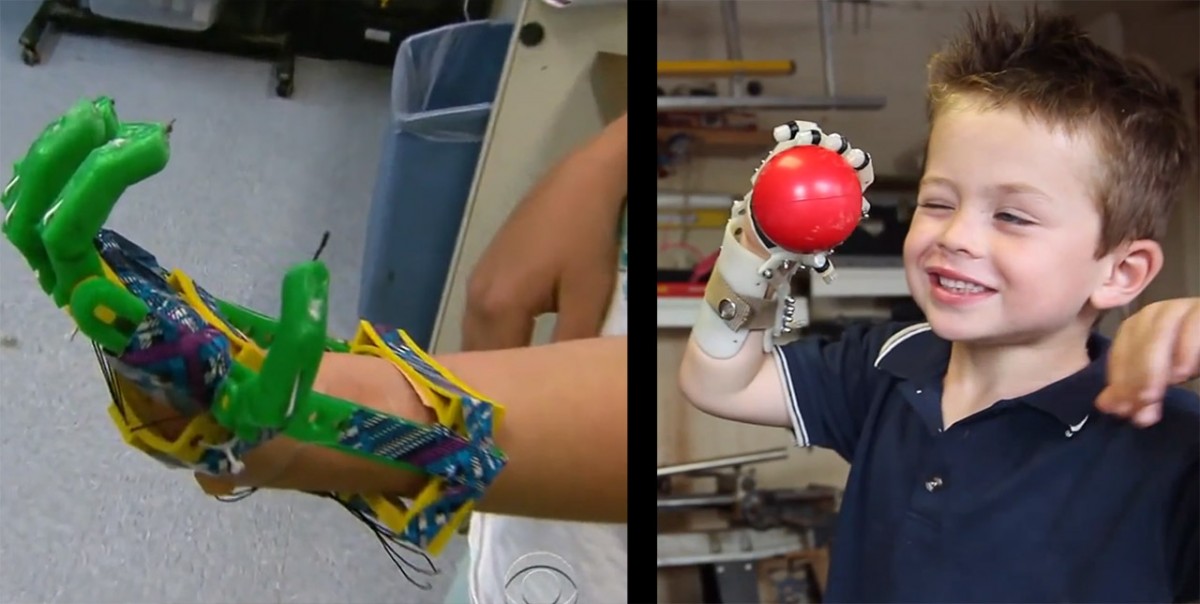 However, physical therapy during this time can help them regain and acquire critical mobility skills.
However, physical therapy during this time can help them regain and acquire critical mobility skills.
As patients progress through this stage, their physical therapist along with the prosthetist will focus on limb protection, shaping, and specific exercises to build endurance and strength and increase exercise tolerance. Also, their physician will prescribe what’s called a shrinker to help shape the residual limb and/or a post-op limb guard to protect them from injury. Each of these processes is vital to the success of prosthetic options in the future.
Phase II: Evaluation and scanning for the prosthetic limb
In phase II, also known as the pre-prosthetic phase, the focus of rehabilitation is still on increasing strength and flexibility in the affected area. Shaping the residual limb is also a pivotal process for preparing the residual limb to fit the future prosthesis.
A physician and physical therapist will closely monitor the patient for progress. They might also provide the patient with early walking aids to determine the best type of prosthetic limb for the patient’s individual needs.
Once the limb fully heals and the swelling goes down, the patient will have their first meeting with a prosthetist, who will take measurements and fit the patient with an appropriate suspension liner. The prosthetist will take a digital scan of the patient’s residual limb. This scan will be uploaded into a CAD system to make modifications.
This allows the prosthetist to capture the shape of the limb for custom fabrication of the prosthesis. During the evaluation, the prosthetist will also ask the patient about their daily activities. This will help them better understand the patient’s needs and aid in the design of the prosthesis.
After the scan is uploaded into the computer-aided design (CAD) software, the prosthetist will make modifications to the image to make relief for any bony prominence. When this is complete the prosthetic test socket is ready for printing.
Phase III: Test socket fitting for the prosthetic limb (3D Printed)
During this phase, the patient will have a fitting appointment where their prosthetist tests the fit of the prosthesis.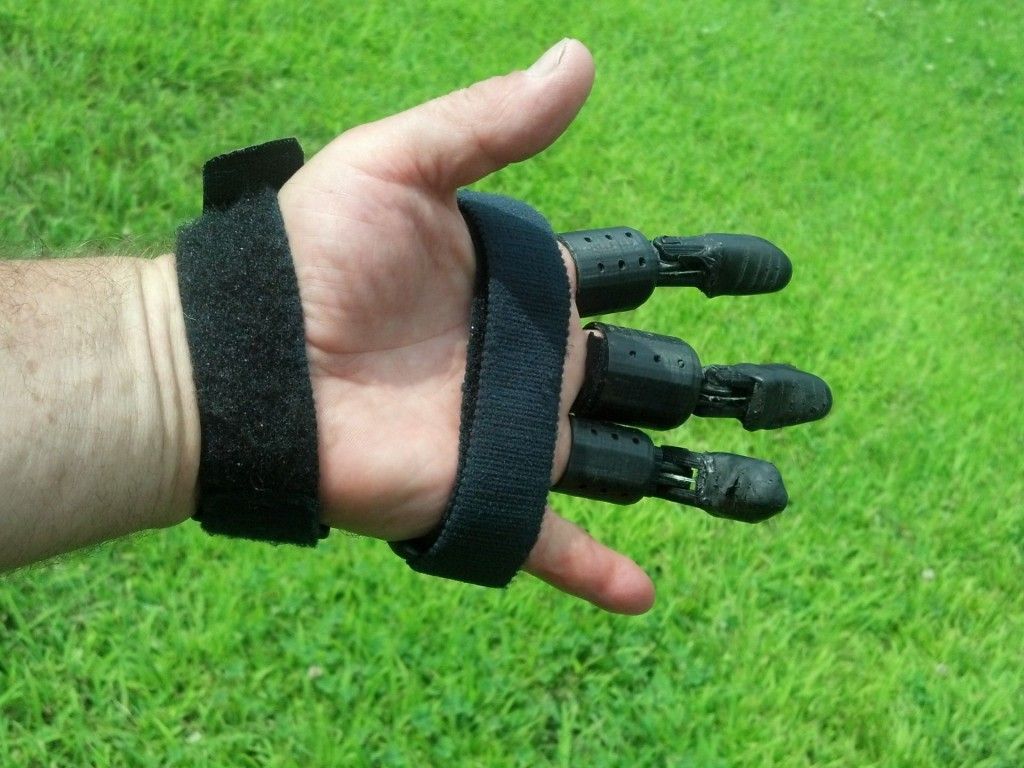 The patient will stand and walk on the prosthesis to ensure a proper fit. In most cases, adjustments are needed. The prosthetist will make the necessary adjustments to achieve an optimal fit.
The patient will stand and walk on the prosthesis to ensure a proper fit. In most cases, adjustments are needed. The prosthetist will make the necessary adjustments to achieve an optimal fit.
3D printing allows prosthetists to digitally capture the complex anatomy of residual limbs. This involves using a digital device such as a smartphone to capture the shape of the limb.
Ensuring the prosthetic is a proper fit for the patient will play a crucial role in comfort and functionality. A 3D printed prosthetic limb or 3D printed leg can help the prosthetist quickly determine if the length and alignment of the prosthesis are correct when both standing and walking.
Phase IV: Final prosthetic limb delivery
Once the test fittings are complete, the prosthetist will fabricate a final laminated prosthesis. The fabricated prosthesis will be lighter than the diagnostic prosthesis. During the final fitting, the prosthetist will verify the fit and function of the prosthesis and make any final changes to the design.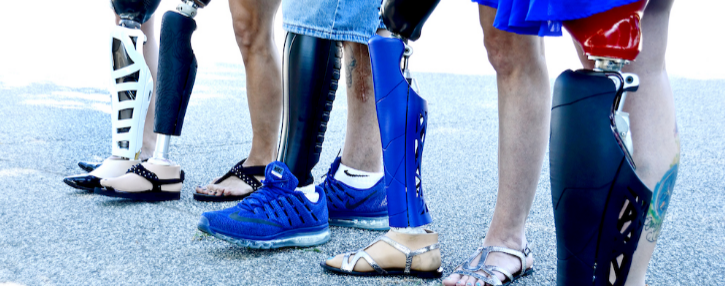
After the final prosthetic limb delivery, the physician and/or physical therapist will teach the patient how to use their prosthesis. Depending on the patient’s progress and the fit of the prosthesis, they may be able to resume physical activities such as walking up and downstairs, driving, and participating in sports and hobbies.
After a few months, the prosthetist will follow up with the patient’s progress. If needed, he or she will make adjustments, fittings, and replacements. It’s vital for the patient to follow up with their prosthetist at least every six months to address any issues. Doing so will be critical to the fit and function of the prosthesis as the patient’s residual limb will constantly change in size.
Challenges of traditional prosthetic design
To understand how 3D printing can be a better alternative to traditional prosthetic design, it’s important to note the challenges and disadvantages that come with manufacturing and customizing prostheses.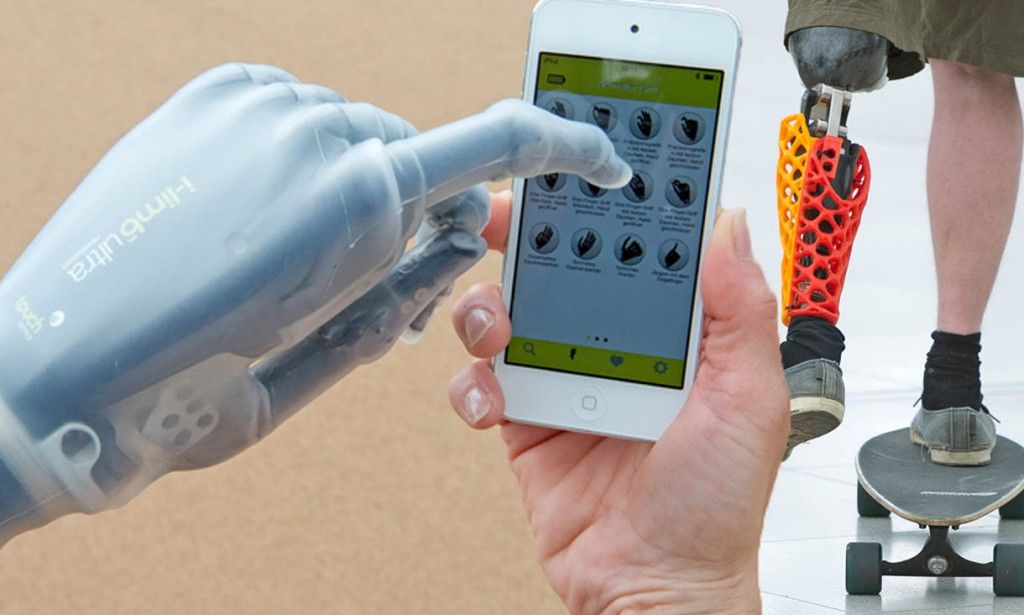
While prosthetic limbs have become highly useful devices for patients looking to regain mobility and use of their limbs, they do have their drawbacks.
3D printing is also an attractive option because it can help patients regain their mobility faster. This is because a prosthetist can print a limb in the fraction of the time it takes to complete the design of a prosthetic the traditional way. Therefore, the customization process is a lot shorter, which speeds up delivery to the patient. This also dramatically increases the number of patients a prosthetist can treat in a given year.
Benefits of 3D printing in orthotics and prosthetics
There are various benefits to implementing 3D printing into the prosthetic design. The key to truly appreciating these benefits is understanding the difference between the traditional building of sockets and the digital building of sockets.
Traditional build of sockets:
- The prosthetist gathers a patient history during the initial consultation.
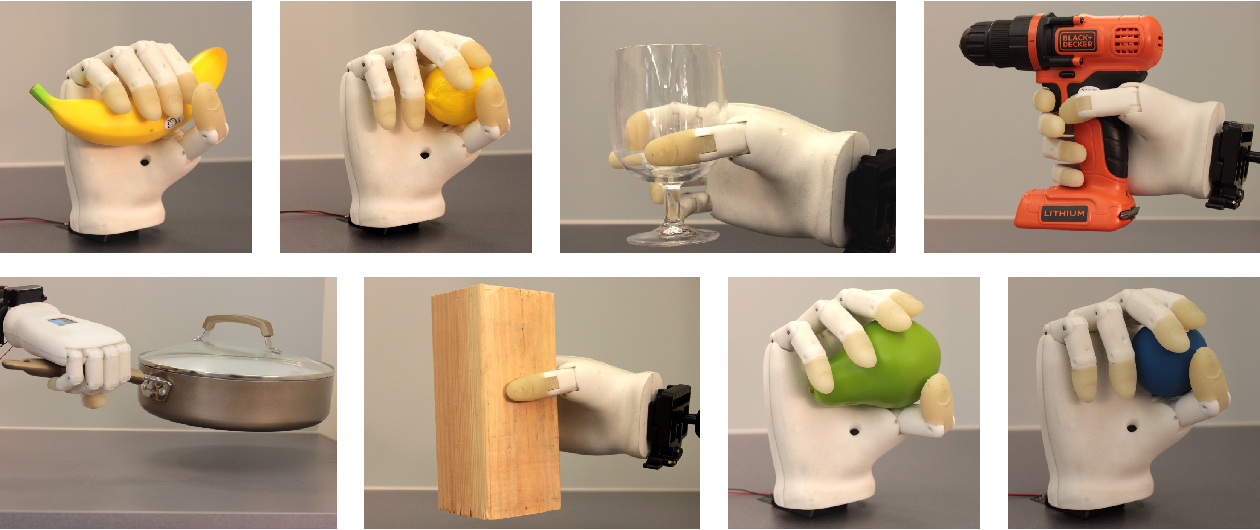
- The prosthetist prepares the limb for shape capture.
- The prosthetist creates a cast of the residual limb using plaster-soaked bandages.
- The prosthetist makes modifications to the initial cast to ensure a correct socket fit and pressure distribution. This ultimately leads to the final socket fabrication.
- The prosthetist makes final adjustments and additions to the socket and ensures the proper fit on the patient.
The digital building of sockets is similar to this. However, the difference is part of the process is digital. For example, the 3D printing of prosthetics does not require casting or the use of plaster to create a mold, which can be quite a time-consuming process. Using plaster to create molds can also be unreliable as plaster is relatively easy to crack and fracture.
The process of 3D printing prosthetics involves getting the digital image of the patient’s extremity using a scanner. Then, the prosthetist would turn the image into a 3D model with computer-aided design (CAD). From here, the physician will modify and correct the shape of the residual limb electronically and send it to the printer for production. 3D printing takes place on site, eliminating the need to send the design for off-site fabrication.
From here, the physician will modify and correct the shape of the residual limb electronically and send it to the printer for production. 3D printing takes place on site, eliminating the need to send the design for off-site fabrication.
The 3D printing process uses a combination of CAD and computer-aided manufacturing (CAM) by taking a 3D model and “printing” it through multiple extruded layers of material. This allows for faster socket production and better accuracy. This is because the process involves the 3D mapping of a patient’s anatomy.
Another key difference between traditional prosthetic design methods and the 3D printing of prosthetics is that the more advanced technology allows for the ability to change the thickness in specific areas of the prosthesis to achieve a higher degree of flexibility and performance. As a result, prosthetists can design a more accurate, customized prosthetic device for each unique patient.
Furthermore, printing a device also reduces turnaround time from design and manufacture to patient fitting and application.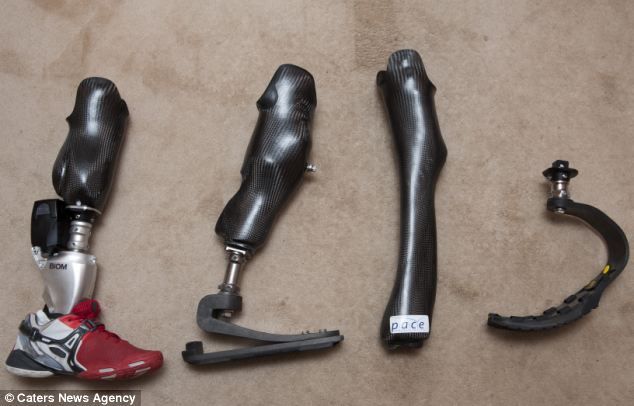 This is especially important as the shape and size of the residual limb change over time.
This is especially important as the shape and size of the residual limb change over time.
3D printing prosthetics can also be beneficial for children. Children are constantly growing, which means their prostheses need regular adjustments, which can be tedious when going the traditional route.
However, with 3D printing, the process is faster and more painless, giving parents the ability to ensure their child always has a device that fits without having to spend a significant amount of money. Another key advantage of 3D printed prosthetics for children is that they’re highly customizable, allowing children to choose the styles and colors they want.
Adopting an emerging technology to improve outcomes for patients with physical disabilities
3D printed prosthetics is a new technology—one that Alcam Medical Orthotics and Prosthetics specialize in. Through highly customized prosthetic design using our 3D printing technology, patients facing mobility and quality of life challenges can achieve an independent life more quickly.
Whether you’re a patient seeking a higher quality of life or a healthcare professional looking to improve patient outcomes with a 3D printed prosthetic leg or other limbs, we’re here to help you reach your goals. To create a new possibility, schedule an appointment for a prosthetic evaluation or refer a patient today.
How 3D Printed Prosthetics Are Changing Lives
When people think of 3D printing, they usually imagine personalized home decorations, customized jewelry, and even 3D printed food. What many don’t realize, though, is that this technology is becoming widely used in various industries. One of the most inspiring examples of the capabilities of this technology can be seen in the medical field, specifically in the creation of prosthetics for those have lost a limb.
Benefits Of 3D Printing ProstheticsThe technology of prosthetics has been steadily improving over the years. It has evolved from wooden toes in Ancient Egypt and heavy iron hands in the 16th century (and of course the wooden legs we all know pirates had) to contemporary custom-fit prosthetics that have microprocessors as well as pneumatic and hydraulic controls to promote natural movement.
These are evidence of the prosthetic industry’s steady progress, but it’s important to note that it doesn’t stop there. The entire sector has been revolutionized by the arrival of 3D printing, leverages modern technology to change the lives of ordinary people, many of whom could never have afforded conventional high-tech prosthetics.
Removing Barriers by Reducing CostsAs of 2013, the cost of a prosthetic is estimated to be around $5,000 to $50,000, depending on the level of sophistication. If that doesn’t already seem prohibitive, consider that according to the Hospital for Special Surgery in New York, even expensive prosthetics are only designed to handle a maximum of five years’ worth of wear and tear.
What do this mean for amputees? For kids and teens who have lost a limb, it could result in a huge financial burden on their parents. Children grow up so fast, so they’d need to change their prosthetics every few years (or even months) to ensure that their artificial limb matches their height as well as the size and shape of their body.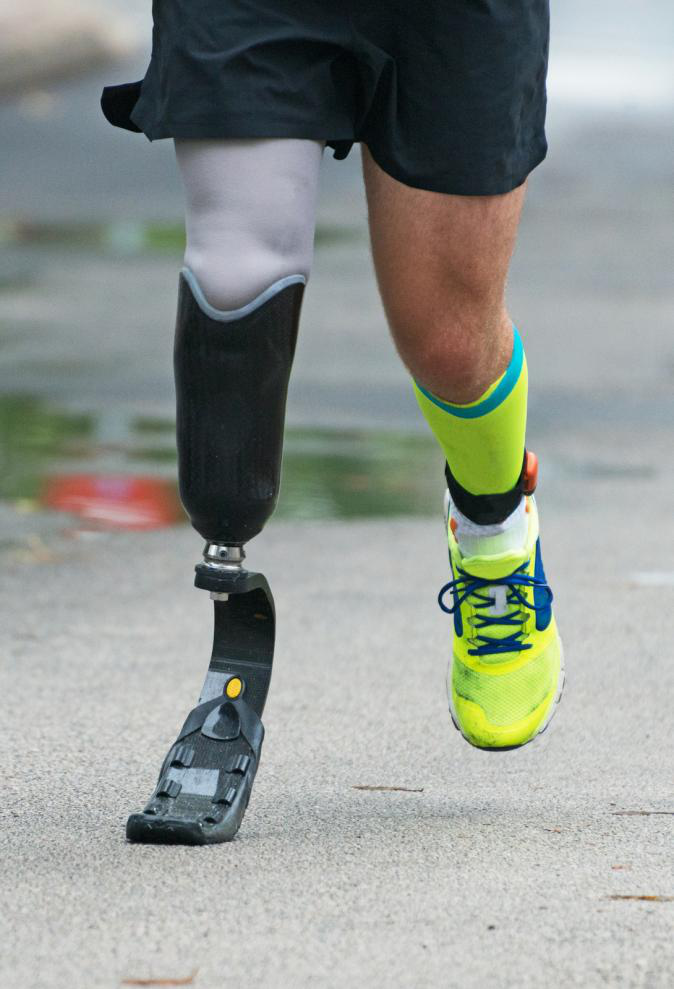 Add this to the fact that most kids are active and have the tendency to break things, and it’s easy to see that families will have to spend a lot on prosthetics — if they can afford to spend at all. For low-income families that are barely struggling to feed themselves, paying for an artificial limb is simply not an option.
Add this to the fact that most kids are active and have the tendency to break things, and it’s easy to see that families will have to spend a lot on prosthetics — if they can afford to spend at all. For low-income families that are barely struggling to feed themselves, paying for an artificial limb is simply not an option.
Of course, the financial burdens are no less severe for adult amputees. This is where 3D printed prosthetics come in.
3D printers have become less and less expensive over the years (with some costing less than $500), allowing ordinary folks to have access to them. Even those who can’t afford a printer can still get a prosthetic with the help of organizations that have dedicated themselves to helping amputees in need. The Enable Community Foundation (ECF), for example, creates a prosthetic hand for those in developing countries.
Amazingly, they can produce these hands for only $50 per unit. And these aren’t simply hand-shaped: these things actually move.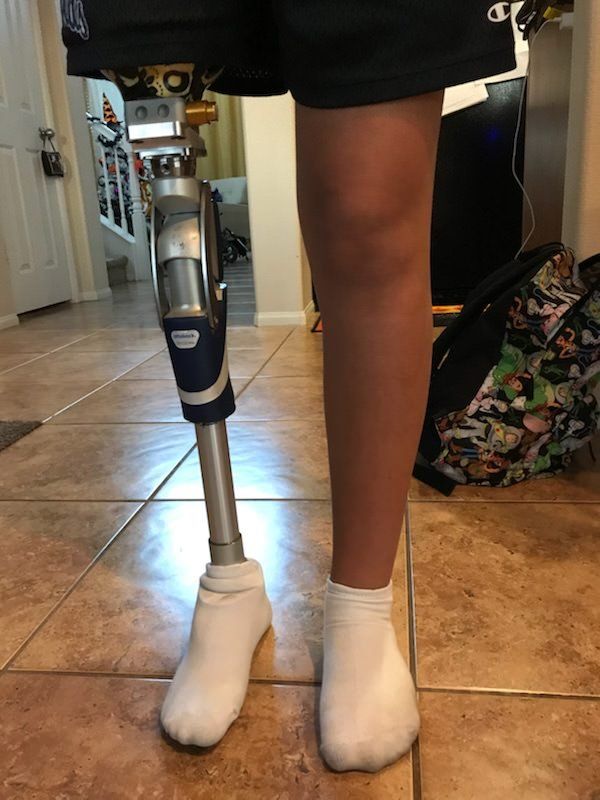 The fingers can be opened and closed, restoring a degree of movement and control that might otherwise have been lost forever. This would probably not be possible without 3D printing.
The fingers can be opened and closed, restoring a degree of movement and control that might otherwise have been lost forever. This would probably not be possible without 3D printing.
The reduction in prosthetic costs greatly increases its accessibility. Lower 3D printer prices, for one thing, allow more people to buy their own printer, or at least means that access to 3D printers is easier to come by. Once they have access to a 3D printer, anyone can can download free files from various organizations like e-NABLE. All that is needed to create their own prosthetics is to feed the CAD design into a 3D printer.. It also offers instructions, workflows and other resources as well as tutorial videos for those who want to make their own prosthetic hand.
Of course, 3D printers are not available everywhere. Still, their reduced prices means that organizations providing free prosthetics can reach more people in developing countries. ECF, for instance, has recently visited Haiti and offered its services to people who lost their limbs because of the 2010 earthquake as well as for other reasons. Their 3D-printed hands have given many Haitians a new lease of life — something that would have been difficult (if not impossible) if ECF did not have access to 3D printing technologies.
ECF, for instance, has recently visited Haiti and offered its services to people who lost their limbs because of the 2010 earthquake as well as for other reasons. Their 3D-printed hands have given many Haitians a new lease of life — something that would have been difficult (if not impossible) if ECF did not have access to 3D printing technologies.
Losing a limb will always result to physical and mobility problems; hand amputees will have problems with picking up objects, while leg amputees will have difficulties with maintaining balance and getting around. Nothing will ever replace real limbs, but prosthetics are the next-best thing. They make it easier for people to regain their balance, do basic tasks, and be on the road to independence. And they’re getting better and better.
The good news is that everyone can enjoy greater independence with 3D printing technologies. Many 3D printed hands, for instance, have a grasping motion that allows people to pick up cups, toys, and other small objects.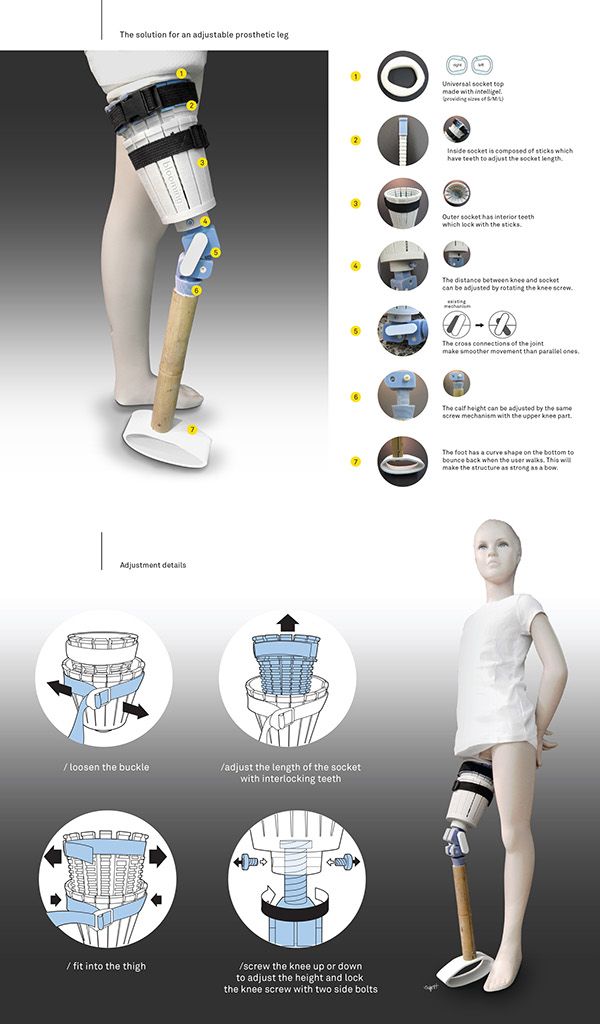 3D printed legs, of course, help with balance and movement. As a result, mobility and physical independence are no longer limited to those who can afford to get a traditional prosthetic and replace it with a new one once it’s worn or broken. Anyone who has access to a 3D printer, or knows of an organization that does, can now have a prosthetic that will allow them to do things on their own.
3D printed legs, of course, help with balance and movement. As a result, mobility and physical independence are no longer limited to those who can afford to get a traditional prosthetic and replace it with a new one once it’s worn or broken. Anyone who has access to a 3D printer, or knows of an organization that does, can now have a prosthetic that will allow them to do things on their own.
Losing a limb is far from easy. Children have to deal with the fact that they can no longer be as active as before and may even have to endure teasing and bullying from their peers. Adults, meanwhile, will have to find ways to stay productive and efficient and maintain their self-esteem when they no longer have their hand or leg.
It’s even worse for people in certain countries and cultures. Haitians, for example, often face stigma in a society that looks down on people who are not “whole” and may even have to deal with abandonment from their own family.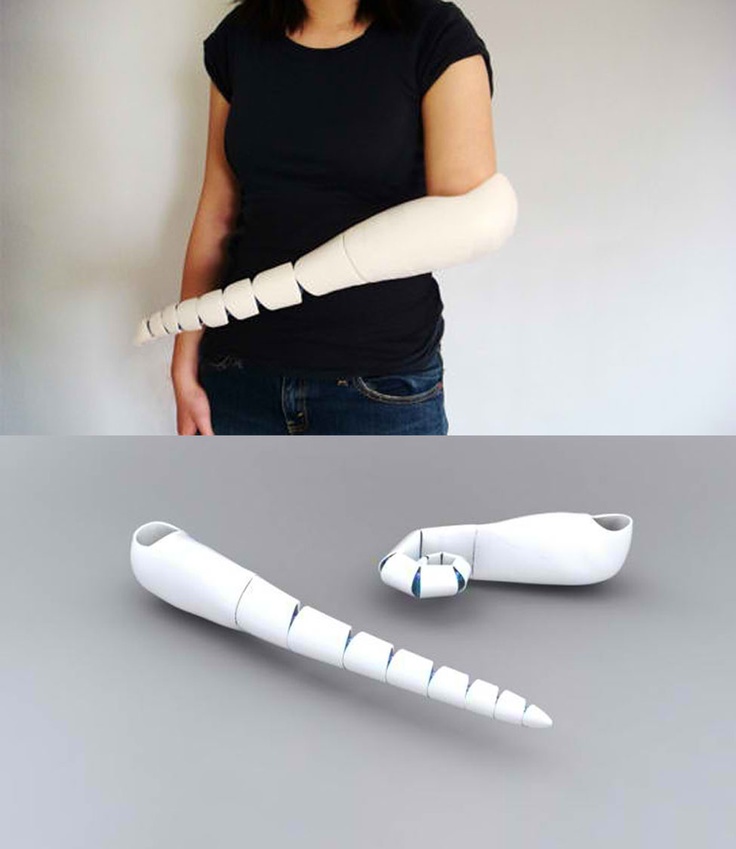 This lack of emotional care, not to mention physical support, can make life even harder for people who are still reeling from the loss they have suffered.
This lack of emotional care, not to mention physical support, can make life even harder for people who are still reeling from the loss they have suffered.
Fortunately, 3D printing can help alleviate the emotional suffering that amputees face. The fact that they can now regain a degree of mobility and independence can give their self-esteem a boost and make them more confident in themselves and their abilities. This, in turn, allow them to imagine a better future and motivate themselves to achieve their goals.
With the advantages listed above, it can’t be denied that 3D printing has become an important part of the prosthetics industry. The best thing about this is that the technology is not static; it’s steadily evolving as new discoveries are made and existing methods are improved with innovative methods. Here’s what we can expect from 3D printed prosthetics in the future:
New TechnologiesTraditional prosthetics are getting a makeover with bionic propulsion systems, processors that predict the user’s movements, and other innovations.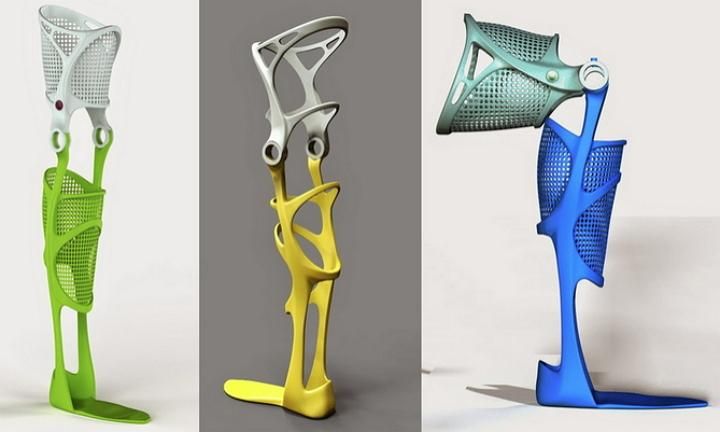 Ultimately, these exciting technologies will make their way to 3D printed prosthetics, allowing people to have access to these improvements and enjoy better mobility and more control over their life.
Ultimately, these exciting technologies will make their way to 3D printed prosthetics, allowing people to have access to these improvements and enjoy better mobility and more control over their life.
With the increasing availability of 3D printed prosthetics, it’s highly likely that organizations such as e-NABLE and the Enable Community Foundation will continue their work. In fact, there’s a chance that more organizations will be formed once more people realize the impact that 3D printing prosthetics have. This, in turn, means that more people will have access to low-cost but highly effective prosthetics that can change their lives.
Improved and More Customized DesignsWhen we say “design”, we actually talk about both form and function. In terms of appearance, 3D printed prosthetics are far from ugly. In fact, many units nowadays can come in various colors that delight kids, and some can be made to match the skin tone of the wearer, which often appeals to adults.
It’s fair to say, though, that improvements in technology will make prosthetics even more visually appealing. They can be made to look exactly like real limbs so that the wearers won’t stand out from the crowd and feel self-conscious. They can also be decorated with artistic designs, such as the elegant swirls that Natasha Hope-Simpson has on her prosthetic leg. Hope-Simpson was involved in a hit-and-run accident that led to the amputation of her leg, but she decided to bounce back by wearing a prosthetic that featured intricate artwork.
Conclusion
Creating customized designs for 3D printed prosthetics is already happening. Over the next few years, it can become the norm. While ready-made designs are amazing, the ability for people to create customized pieces like Hope-Simpsons opens up a whole new vista of possibilities.
One of the best way to do this is to hire a medical device designer from Cad Crowd.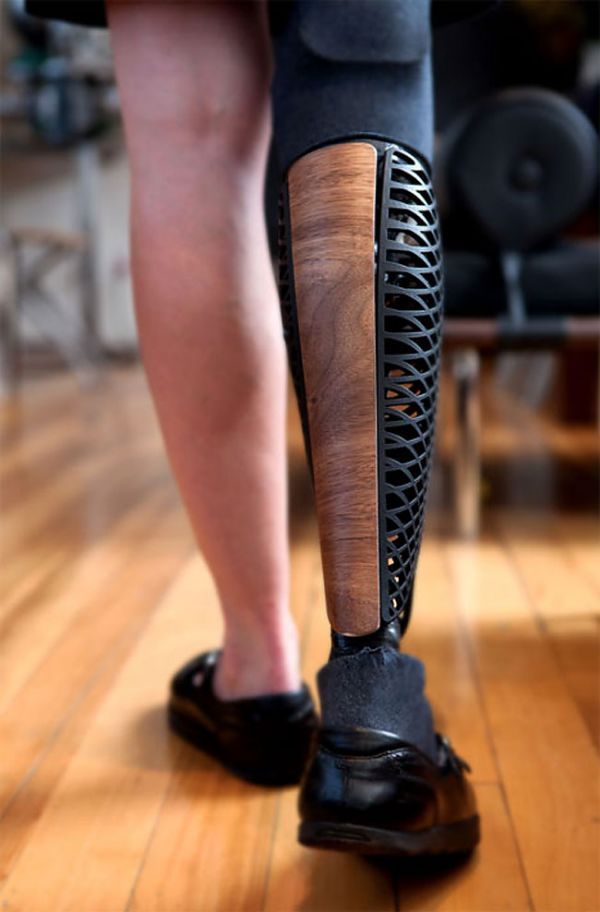 We have a large network of freelancers who have worked = individual inventors and large corporations on all kinds of projects, from medical devices to electrical engineering. Clients just have to tell us their ideas for their prosthetic, and we’ll connect them with a pre-qualified designer whom we believe can bring their concepts to life. Our clients can even hold crowdsourced design competitions if they want to get different creative ideas from different designers.
We have a large network of freelancers who have worked = individual inventors and large corporations on all kinds of projects, from medical devices to electrical engineering. Clients just have to tell us their ideas for their prosthetic, and we’ll connect them with a pre-qualified designer whom we believe can bring their concepts to life. Our clients can even hold crowdsourced design competitions if they want to get different creative ideas from different designers.
If you need help with customized prosthetics and other medical devices, contact us here at Cad Crowd and get a quote. It’s free and doesn’t come with any obligation; it’s simply a way for us to understand how we can assist you and provide you with the best possible services. We’ll analyze your project and connect you with one of our top-tier design freelancers whose skills and experience match your requirements.
First affordable 3D printing solution for digital dentistry from Formlabs
3D printing
a truly affordable, fully 3D printed denture made with Formlabs Form 2!
This event will significantly expand the possibilities of 3D printing in dentistry by significantly reducing costs and increasing the efficiency of the production of dentures.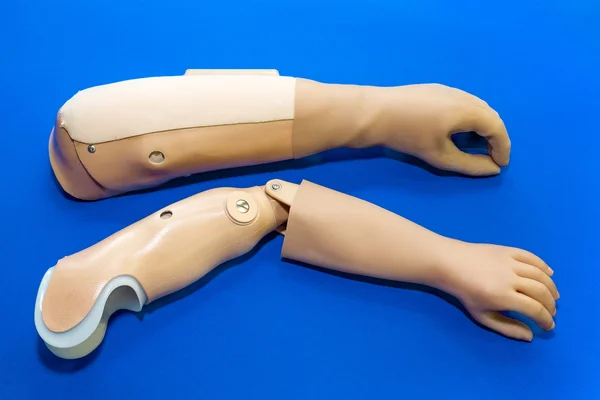 nine0003
nine0003
Tested by dental technicians, the new Formlabs Denture Base Resin and Denture Teeth Resin will enable dental labs and practitioners to produce accurate and reliable, fully 3D printed dentures.
Changing the way dentures are made
The treatment of patients who had "difficulties" with their teeth has come a long way. So, the ancient Italians, in the seventh century BC, for the first time replaced their teeth with partial dentures, which were created from human or animal teeth. Today the world produces 50 million dentures per year, but only 1% of is made with digital tools.
Modern dentures are made from acrylic resin and other plastics. The labor-intensive, analog workflow includes several patient visits to the dental clinic and further production steps.
Making dentures is a complex craft that requires a lot of training, and dental labs are increasingly looking for technicians with the advanced skills and experience needed to make them.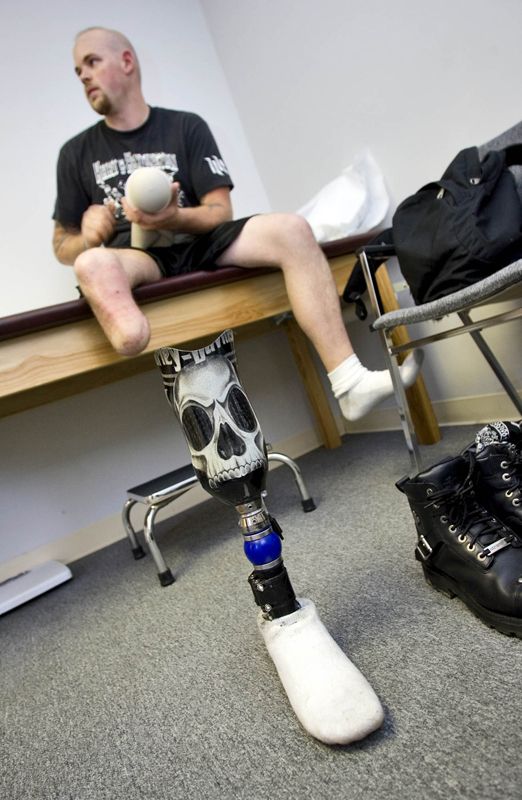 nine0003
nine0003
3D printed digital prostheses are an important step towards the overall simplification of the manufacturing process in the dental laboratory.
3D printed one-piece dentures consist of different materials for teeth and gums, printed separately and unified in post-processing.
Benefits of digital prosthetic workflow.
Using dental design software and 3D printing to produce dentures offers a number of benefits:
- Low cost: Affordable equipment allows labs to expand production without major outlays. The cost of a complete set of dentures is about US$10 compared to US$50 for traditional dentures and acrylic.
- Accurate, consistent and high quality results. Directly 3D printed prostheses mean fewer steps and less variability - a more consistent workflow for a quality end product every time. nine0056
- Intuitive, adaptable tools: The digital workflow fits into your traditional processes today and will be much easier to teach to tomorrow's experienced dental lab technicians.
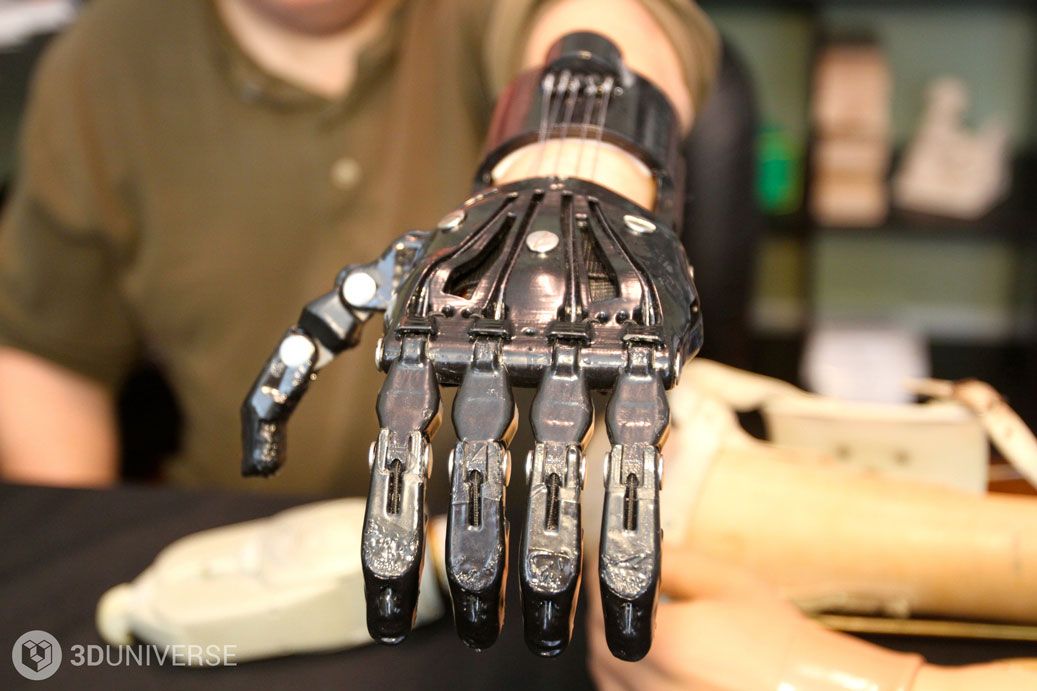
- Simplified, quick remakes: reusable digital prostheses, can be shared, modified and easily reproduced with 3D printing.
- Just like real teeth: unlike prefabricated dentures, digital dentures are fully customized to the patient. nine0056
With an efficient, scalable workflow, intuitive hardware and software, and a significant cost advantage over hand-crafted counterparts, digital dentures will provide better patient outcomes and become more accessible to all who need treatment today.
Formlabs' solution digitizes denture manufacturing while seamlessly integrating into traditional workflows. nine0003
New Denture Resins from Formlabs
The Future of Dental Prosthetics
3D printing promised to change and simplify the way models are made in all areas. Fully 3D printed prostheses will be one of the first major technological breakthroughs that will bring 3D printed models to people outside of manufacturing industries on a daily basis.
Fully 3D printed prostheses will be one of the first major technological breakthroughs that will bring 3D printed models to people outside of manufacturing industries on a daily basis.
Fully digital 3D printed prosthetics are the future of the dental industry. As digital workflows take hold in the clinical setting, digital scanning, design and manufacturing will simplify the entire workflow, reducing appointments and lead times, from the first patient visit to the finished denture.
Get started with digital prostheses!
With the latest addition to its dental resin library, Formlabs has set out to make digital dentures as simple and cost effective as possible. nine0003
Very soon, you will be able to order special resins in order to print one-piece and most accurate dentures!
More than 10,000 dentists are already successfully using the Form 2 3D Printer from Formlabs!
We will keep you updated with the latest news!
Your iGo3D team
Our groups in social networks:
YouTube
VKontakte
Subscribe to the author
Subscribe
Don’t want
4
how, where and with what to print
the boom is just at its peak.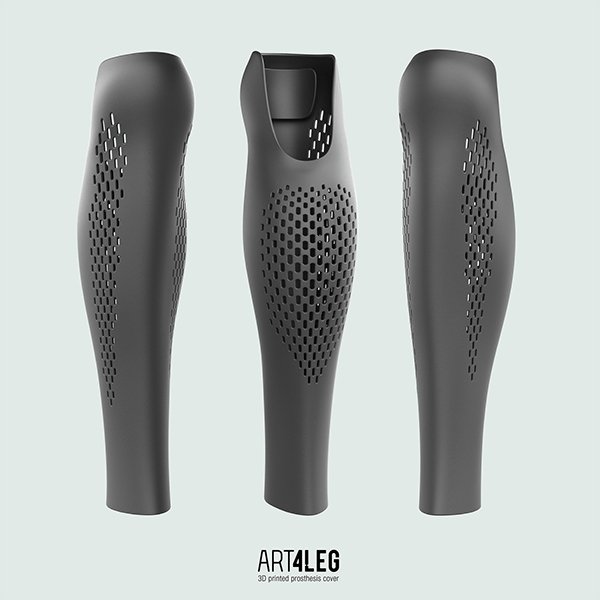 Over the past couple of years, adapted 3D printing technology has been developed to create training models of the human jaw, prostheses, implant templates, and more. nine0003
Over the past couple of years, adapted 3D printing technology has been developed to create training models of the human jaw, prostheses, implant templates, and more. nine0003
Let's take a look at what can be printed, how it is done, and most importantly, what materials are safe to use for this. Fig. 1. 3D printed model of the human jaw
A 3D printer is not cost-effective for every dental office or clinic. Therefore, as a rule, for printing, they turn to centers that specialize in CAD / CAM and have introduced a 3D printer. And this option is already acceptable both in terms of cost and in terms of accuracy - up to 25 microns. nine0003
Fig. 2. 3D printer for photopolymer printing of dental products (Formlabs Form 2)
How are they printed?
At the first stage, 3D computer modeling is performed based on scanning inside the oral cavity and CT of the patient. Further, the model processed in a computer program is sent to a 3D printer, in which certain parameters are set. Special biocompatible materials are selected for printing, which we will discuss later. nine0003
Further, the model processed in a computer program is sent to a 3D printer, in which certain parameters are set. Special biocompatible materials are selected for printing, which we will discuss later. nine0003
|
Fig. 3. Development of a model in a computer program |
Fig 4. 3D layout of the future printed model |
Types of printing
Photopolymer 3D printing
In this case, special photopolymer resins are used, i.e. liquid polymers that harden when exposed to light. 3D printing is based on this principle. This is one of the universal materials, since the physical properties of polymers are very different from each other. They can be transparent and opaque, hard and flexible, etc., so their use in dentistry is very wide. Some of its most famous types: SLA-printing (Laser stereolithography), projection stereolithography (DLP), multi-jet printing (MJM and PolyJet). nine0003
nine0003
|
Fig 5 Photographs of the restoration printed with photopolymers |
Fig 6. Photopolymer material for 3D printing |
Titanium 3D printing to replace missing parts of the jaw
Printing is done by laser sintering of metal powder (metal clay). SLS and EBM technologies make it possible to create missing parts of the jaw using a biocompatible titanium alloy. nine0003
|
Fig 7. Metal powder for 3D printing of prostheses |
Fig. 8. Metal 3D printed element of the lower jaw |
Filament printing 3 D printer
In other words, filament printing using a special material - filament.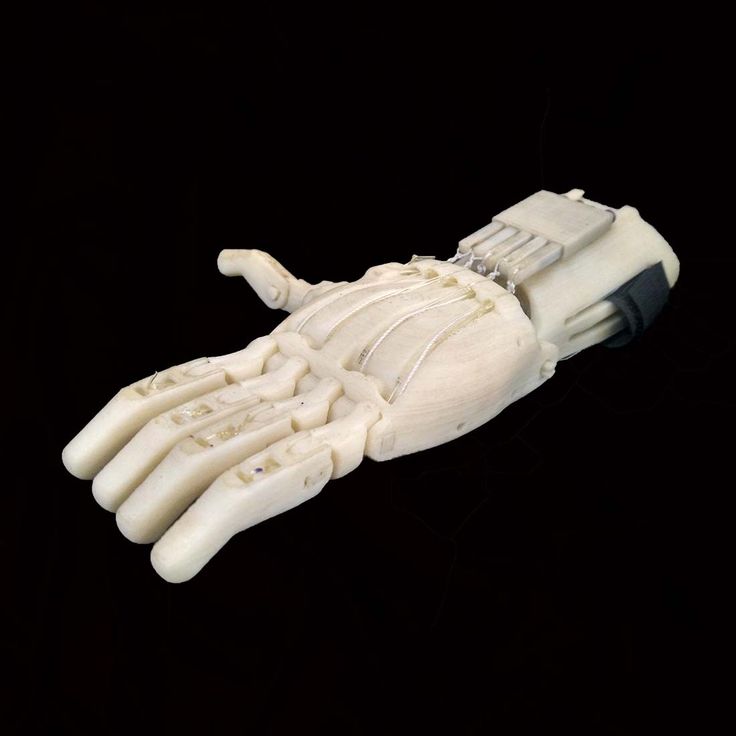 Outwardly, it resembles a very thin wire, which is wound and loaded directly into the printer head. The advantages of this type of printing are in its affordability (low cost of the filament compared to other materials for 3D printing). The disadvantage is lower accuracy compared to powder materials. The most common types of filament are PLA and ABS plastics. nine0003
Outwardly, it resembles a very thin wire, which is wound and loaded directly into the printer head. The advantages of this type of printing are in its affordability (low cost of the filament compared to other materials for 3D printing). The disadvantage is lower accuracy compared to powder materials. The most common types of filament are PLA and ABS plastics. nine0003
|
Figure 9 Filament 3D printer |
Fig. 10. Filament for printing on a 3D printer |
What can be printed and with what?
In general, CAM systems are used for the manufacture of:
- implants, prostheses, auxiliary materials, medical devices; nine0056
- biological objects for preoperative manipulations and training on the model of the human jaw ("cold surgery").

Dental models
3D printed models are used for setting out jobs. Based on the same CT and intraoral scanning, an accurate model of the patient's jaw is created. According to its parameters, the necessary design is made.
Fig 11. Application of 3D printing in the dental sector
|
Fig. 12. Fabrication of a correction structure according to a 3D printed model of the patient's jaw
|
|
Fig 13. 3D printed dental models |
Figure 14. 3D printed dental models |
Dental printing material 3 D models
This type of dental product requires high printing accuracy.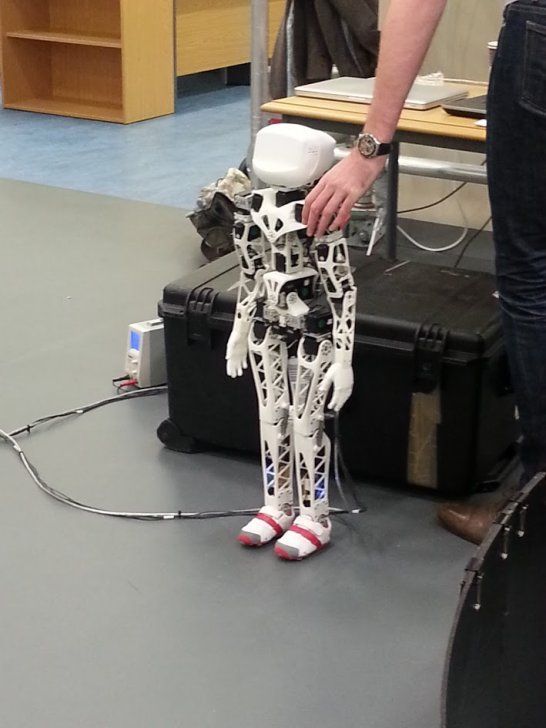 Therefore, the use of a 3D printer allows you to achieve a variety of shapes, nuances and elements of the scanned jaw. They also produce materials for vacuum casting, which, although not as accurate, however, increase the speed of production.
Therefore, the use of a 3D printer allows you to achieve a variety of shapes, nuances and elements of the scanned jaw. They also produce materials for vacuum casting, which, although not as accurate, however, increase the speed of production.
Implantation Surgical Templates
Properly designed and printed template perfectly matches the anatomy of the patient's jaw. Therefore, implantation is carried out with an accuracy of placing implants at the desired angle of 95% or more.
Fig. 15. Surgical template for implantation of teeth and 3D printed model of the patient's jaw
Transparent template printing material0156
In this case a class I biocompatible material is used. Its features are high accuracy, dimensional stability, transparency and the possibility of sterilization in an autoclave or using gamma rays.
Dentures
The use of biocompatible materials allows the dental technician to print safe and highly accurate denture bases. In this case, the anatomical compatibility of the prosthesis with the inside of the patient's oral cavity increases incredibly. nine0003
In this case, the anatomical compatibility of the prosthesis with the inside of the patient's oral cavity increases incredibly. nine0003
Figure 16. 3D printed dentures
Material for printing dentures
Two different biocompatible materials are used to print dentures - for the base and crowns. The base is created with class IIa material, which provides lower shrinkage. In turn, this allows you to perfectly fit the base of the prosthesis to the jaw. After processing the object, a small amount of monomer remains in it. nine0003
Crown material
This is also a class IIa biologically compatible material, but with a high resistance to abrasion and chipping. It is used to create bridges and conventional crowns for 1-3 teeth. As a rule, this material is also suitable for cementation.
Clear Aligners
Computer scanning and modeling inside the patient's mouth allows the creation of precise clear aligners to align teeth.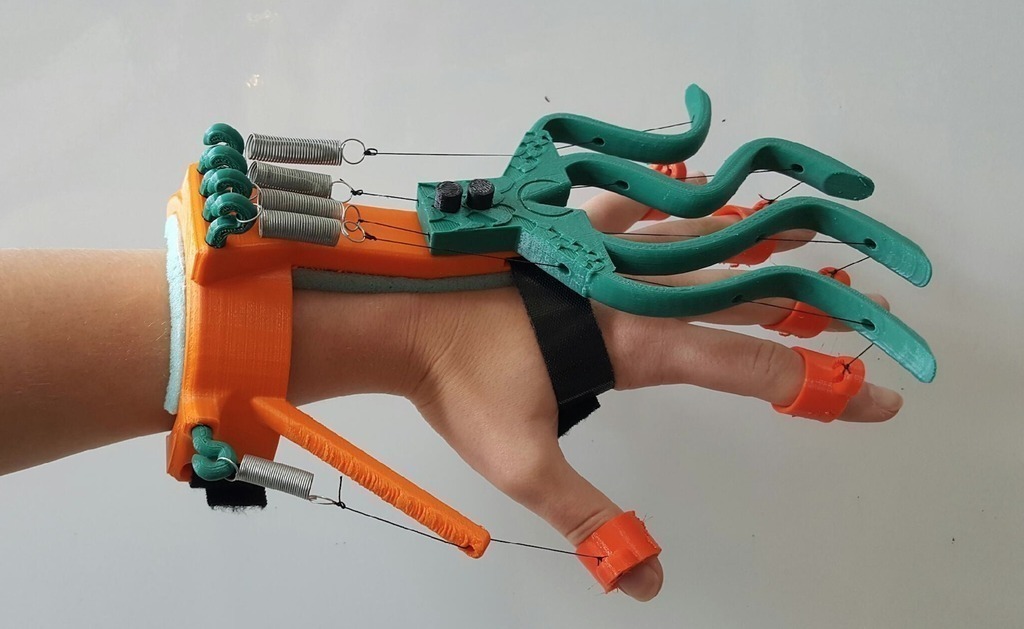 nine0003
nine0003
Figure 17. 3D Printed Clear Aligner
The list goes on and on. Therefore, materials for aesthetic printing, as well as for orthodontic use, are separately isolated.
Conclusion:
Yes, all this would not be possible if it were not for the use of special biocompatible materials for 3D printing. It is in dentistry and medicine that they play an even greater role than the speed or accuracy of printing. nine0156
Each type of dental product uses its own type of biocompatible materials. It is related to the density, hardness, flexibility, viscosity, elasticity and final properties of the object.
It is important to understand that scanning the oral cavity together with the results of CT can reliably determine the amount of bone and gum tissue and detect all defects. As a result, 3D modeling and 3D printing allow us to carry out planning and preparation with high accuracy, create individual anatomical structures and models, bringing the course and result of dental treatment closer to the ideal.


